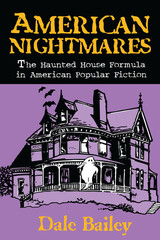
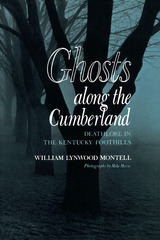
A fascinating collection of ghost stories, tales of the supernatural, death beliefs and death sayings that remain as a vestige of the part in south central Kentucky's "Pennyrile" region.
"This unique and extremely valuable book adds considerably to the area of folklore studies in the United States. The material which Montell obtained in his field work is superb."
--Don Yoder.
"This book is to be recommended to both folklorists and those non-folklorists who read folklore for enjoyment alone. It makes an important contribution to the study of deathlore and, it is to be hoped, will draw added attention to this multi-generic subject area."
--David J. Hufford, Tennessee Folklore Society Bulletin.
"Professor Montell's book can well be viewed as a standard of excellence: a direct, articulate and cataloged approach for future study and implementation in the fields of folklore and oral history."
--Joan Perkal, Oral History Association Newsletter.
"The book gives fascinating accounts of death beliefs, death omens, folk beliefs associated with the dead, and in the major section, ghosts narratives. A fine combination of scholarship and chilling narration to be relished by firelight in an old deserted house in the hills."
--Book Forum.
"Professor Montell has arranged beliefs and experiences about death of a particular group of people in such a way that a whole new aspect of the people's lives comes to focus."
--Loyal Jones, The Filson Club HIstory Quarterly.
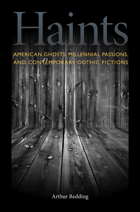
In Haints: American Ghosts, Millennial Passions, and Contemporary Gothic Fictions, Arthur Redding argues that ghosts serve as lasting witnesses to the legacies of slaves and indigenous peoples whose stories were lost in the remembrance or mistranslation of history.
Authors such as Toni Morrison and Leslie Marmon Silko deploy the ghost as a means of reconciling their own violently repressed heritage with their identity as modern Americans. And just as our ancestors were haunted by ghosts of the past, today their descendants are haunted by ghosts of contemporary crises: urban violence, racial hatred, and even terrorism. In other cases that Redding studies—such as James Baldwin’s The Evidence of Things Not Seen and Toni Cade Bambara’s Those Bones Are Not My Child—gothic writers address similar crises to challenge traditional American claims of innocence and justice.
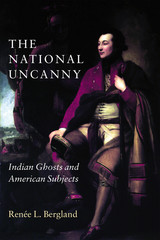
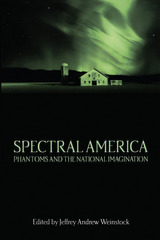
Spectral America asserts that ghosts, whether in oral tradition, literature, or such modern forms as cinema have always been constructions embedded in specific historical contexts and invoked for explicit purposes, often political in nature. The essays address the role of "spectral evidence" during the Salem witch trials, the Puritan belief in good spirits, the convergence of American Spiritualism and technological development in the nineteenth century, the use of the supernatural as a tool of political critique in twentieth-century magic realism, and the "ghosting" of persons living with AIDS. They also discuss ghostly themes in the work of Ambrose Bierce, Edith Wharton, Gloria Naylor, and Stephen King.
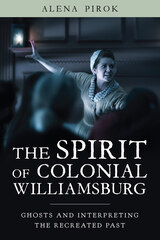
On any given night, hundreds of guests walk the darkened streets of Colonial Williamsburg looking for ghosts. Since the early 2000s, both the museum and private companies have facilitated these hunts, offering year-round ghost tours. Critics have called these excursions a cash grab, but in truth, ghosts and hauntings have long been at the center of the Colonial Williamsburg project.
The Spirit of Colonial Williamsburg examines how the long-dead past comes alive at this living-history museum. In the early twentieth century, local stories about the ghosts of former residents—among them Revolutionary War soldiers and nurses, tavern owners and prominent attorneys, and enslaved African Americans—helped to turn Williamsburg into a desirable site for historical restoration. But, for much of the twentieth century, the museum tried diligently to avoid any discussion of ghosts, considering them frivolous and lowbrow. Alena Pirok explores why historic sites have begun to embrace their spectral residents in recent decades, arguing that through them, patrons experience an emotional connection to place and a palpable understanding of the past through its people.
READERS
Browse our collection.
PUBLISHERS
See BiblioVault's publisher services.
STUDENT SERVICES
Files for college accessibility offices.
UChicago Accessibility Resources
home | accessibility | search | about | contact us
BiblioVault ® 2001 - 2024
The University of Chicago Press









